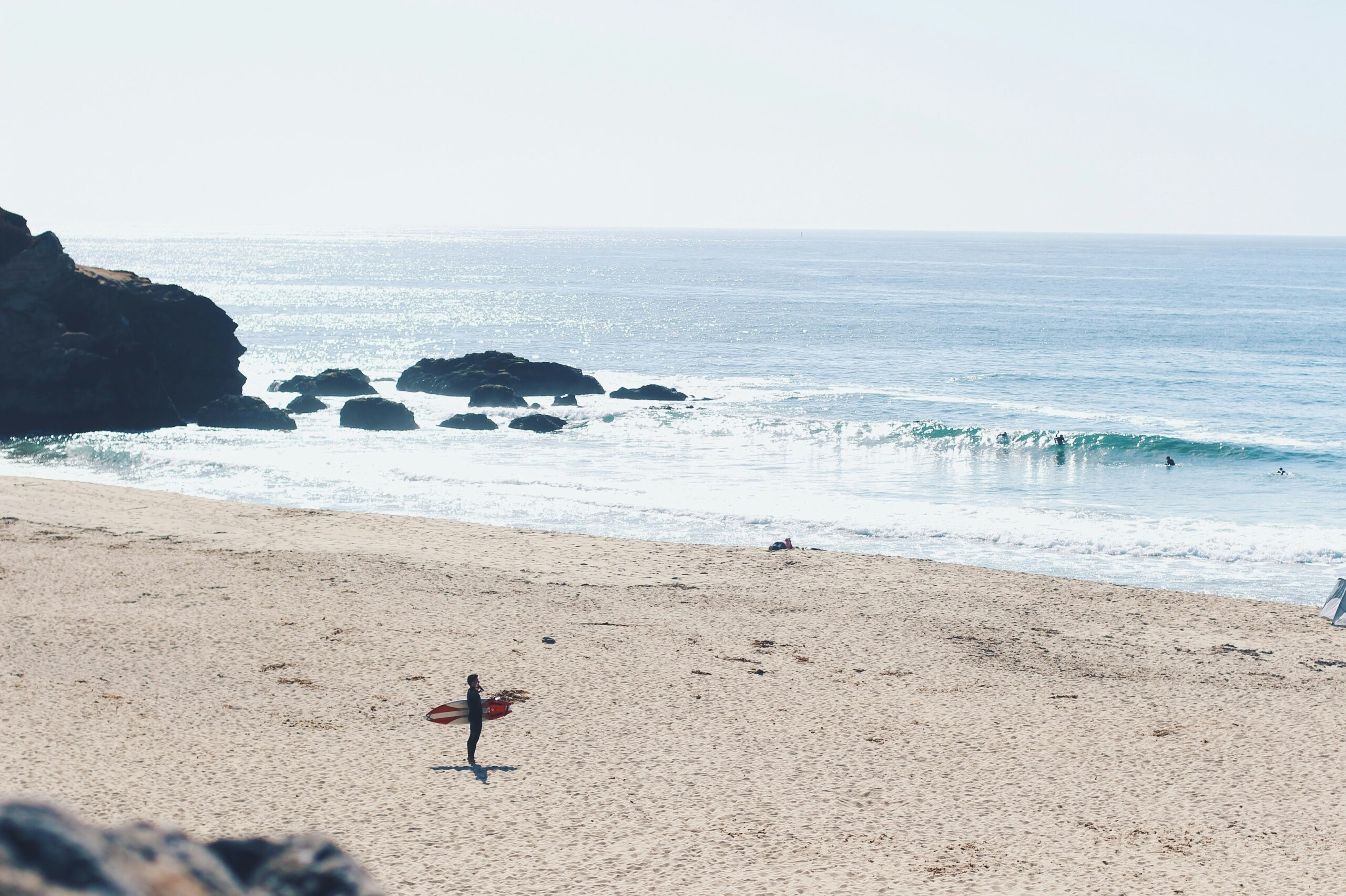Surfing small waves presents a unique challenge for both beginners and experienced surfers alike. While large waves offer more power and momentum, small waves require finesse, precision, and strategic maneuvering. Let’s explore essential techniques to help you maximize your performance on small waves.
Positioning
Positioning is paramount in small wave surfing, as it directly impacts your ability to catch and ride waves effectively. Here’s how to position yourself for success:
- Paddle Out Strategically: Choose the optimal path to paddle out, aiming for areas where waves are breaking less frequently to conserve energy.
- Stay Close to the Peak: Position yourself slightly to the side of the peak (the highest point of the breaking wave) to maximize your chances of catching waves early.
- Read the Ocean: Observe the wave patterns and currents to anticipate where the next set of waves will break. Adjust your positioning accordingly to stay in the most favorable zone.
Generating Speed
Generating speed is essential for maintaining momentum and maneuverability on small waves. These techniques will help you gain speed efficiently:
- Pump Your Board: Use your body weight to pump the board up and down while riding the wave. This motion generates kinetic energy, propelling you forward.
- Utilize the Trim: Shift your weight slightly forward or backward on the board to find the optimal trim position. This helps reduce drag and increases speed.
- Angle Your Takeoff: Angle your takeoff diagonally down the face of the wave rather than straight down. This allows you to harness the energy of the wave more effectively, gaining speed from the outset.
Identifying Wave Sections
Identifying different sections of a wave is crucial for executing maneuvers and maintaining flow. Here are some key wave sections to recognize:
- The Peak: This is where the wave begins to break initially. Catching the wave at the peak gives you the longest ride and the most opportunity for maneuvers.
- The Shoulder: The unbroken part of the wave adjacent to the peak. Riding the shoulder allows you to maintain speed and set up for turns.
- The Inside Section: The part of the wave closer to shore where it reforms or closes out. Anticipate how the wave will behave in this section to plan your exit strategy or execute final maneuvers.
Surfing small waves demands a combination of skill, technique, and wave knowledge. By mastering the art of positioning, generating speed, and identifying wave sections, you can maximize your performance and make the most out of even the smallest swells. Remember to practice regularly, stay patient, and always respect the ocean and your fellow surfers. With dedication and perseverance, you’ll soon find yourself gliding effortlessly across even the tiniest of waves. Happy surfing!






